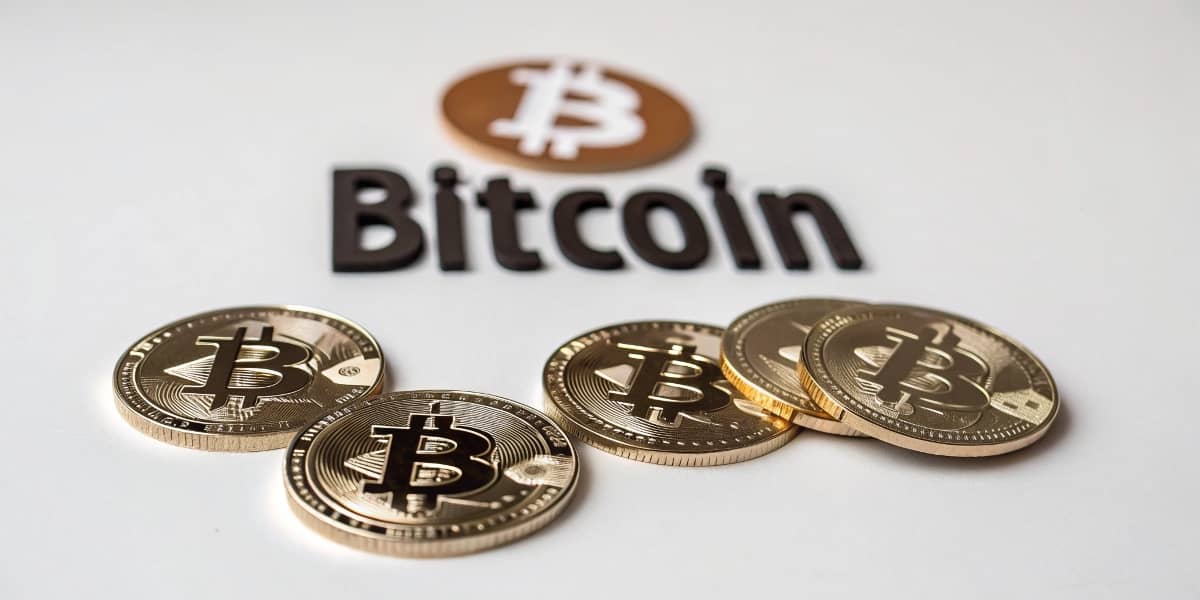The U.S. Department of Labor (DOL) has officially removed its 2022 guidance that discouraged including cryptocurrencies like Bitcoin in 401(k) retirement plans.
This change could open the door for millions of Americans to add crypto assets to their retirement portfolios, potentially unlocking access to over $7 trillion in savings.
The 2022 guidance urged caution, citing concerns about crypto’s price volatility, custody issues, and speculative risks. This was a shift from the DOL’s previous neutral position and faced criticism for being too restrictive.
On May 28, 2025, the Labor Department reversed this stance, returning to a neutral policy. It now leaves investment decisions about crypto up to fiduciaries managing retirement plans rather than imposing limits.
Labor Secretary Lori Chavez-DeRemer criticized the earlier policy as government overreach. She emphasized that fiduciaries, not regulators, should decide on investments, reflecting a broader move toward crypto-friendly regulations.
This change follows similar easing by the U.S. Federal Reserve, which recently relaxed rules for banks dealing with cryptocurrencies. The Fed, FDIC, and OCC also withdrew prior warnings about crypto risks, moving toward standardized oversight.
The timing aligns with Bitcoin’s recent surge, hitting an all-time high near $111,970 in 2025. This rise has increased acceptance among traditional investors, making Bitcoin a more viable option for retirement accounts.
Coinbase CEO Brian Armstrong recently predicted that crypto will become a common feature in every American’s 401(k), and this policy update brings that prediction closer to reality.
Disclaimer: This article is for informational purposes only and is not financial advice. Readers should do their own research before investing.














